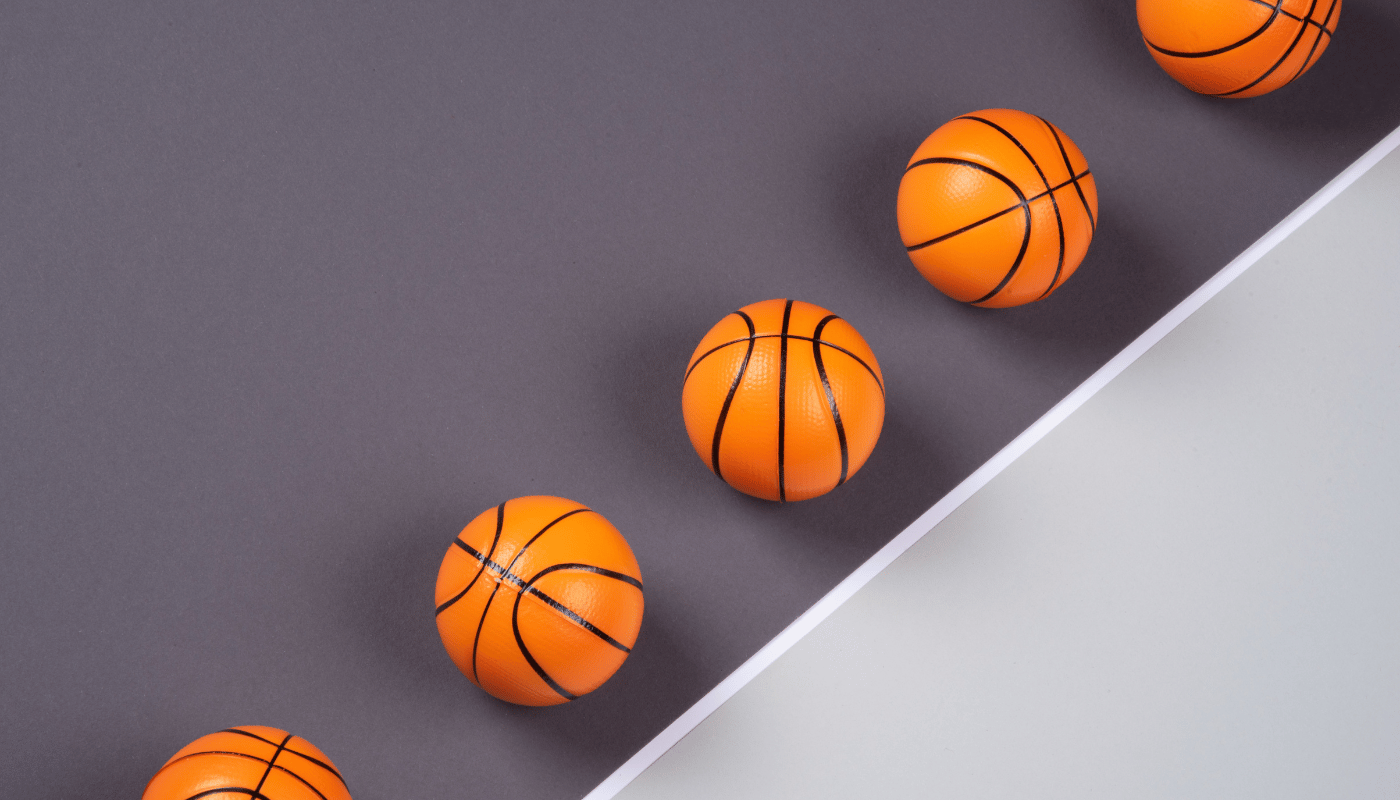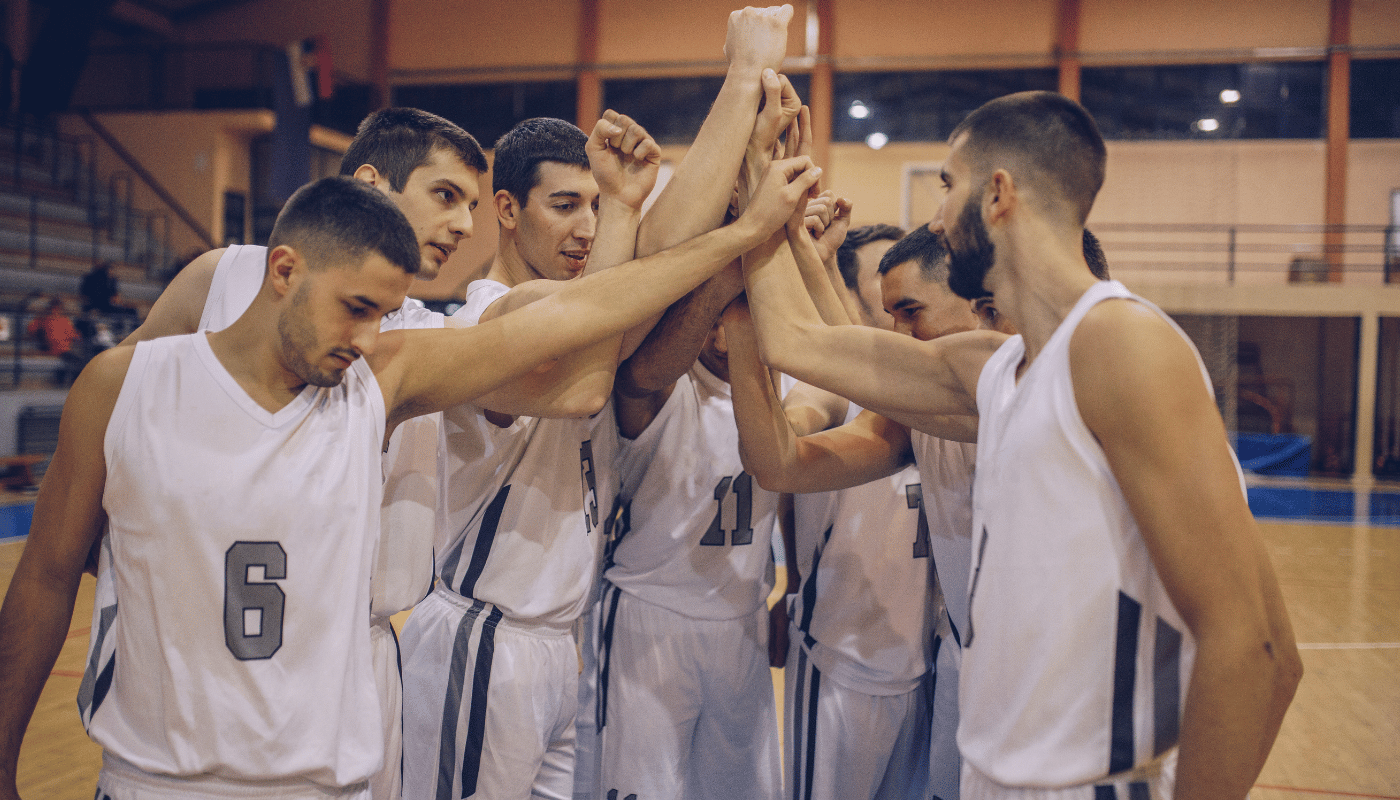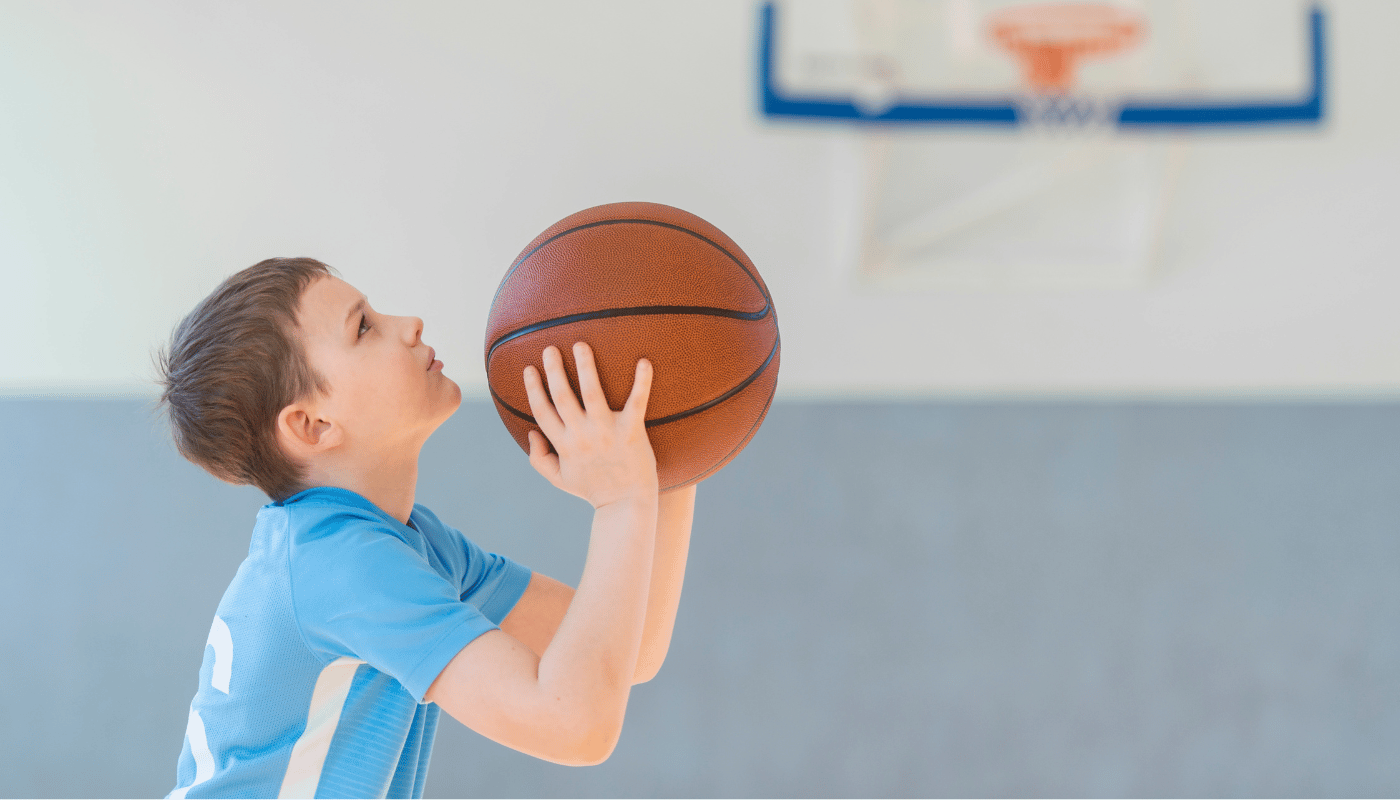Choosing the right basketball is essential for players of all ages, but it holds particular significance for middle school athletes. Understanding what size basketball for middle school can drastically influence a player’s performance, enjoyment, and overall experience in the game. As young athletes transition from recreational play to more competitive environments, using the appropriate ball size helps them develop critical skills. This article explores various aspects of basketball sizes, focusing on the ideal basketball for middle school students.
Understanding Basketball Sizes
Basketballs come in various sizes, each tailored for specific age groups, genders, and skill levels. The distinction between these sizes is not arbitrary; rather, it relates closely to the developmental stages of players and their physical attributes. Selecting an appropriate size allows players to perform optimally, leading to improved skills and confidence during gameplay.
The main goal of understanding basketball sizes is to ensure that players are using equipment suited to their needs. An ill-fitting basketball can hinder performance and lead to frustration. By examining the differences in basketball sizes, players, coaches, and parents can make informed decisions regarding the best fit for middle school athletes.
Overview of Basketball Sizes
In basketball, sizing conventions have evolved over time, leading to standardized measurements based on age and gender. Generally, there are five recognized basketball sizes:
- Size 7 (Men’s Basketball): Designed for men aged 12 years and older, weighing around 22 ounces with a circumference of about 29.5 inches. Used in official adult leagues like the NCAA and NBA.
- Size 6 (Women’s Basketball and Youth): Primarily used by women and youth under 12, weighing approximately 20 ounces and having a circumference of 28.5 inches. Recommended for middle school girls.
- Size 5 (Youth Ages 9-11): Specifically for younger players aged 9-11 years, weighing around 18 ounces with a circumference of about 27.5 inches. Suitable for middle schoolers refining their skills.
- Size 4 (Youth Ages 5-8): For even younger players, helping them develop basic handling skills.
- Size 3 (Mini Basketball): Ideal for very young children, introducing them to the sport in a manageable way.
These sizes cater to different age demographics and physical capabilities, allowing players to engage with the sport more effectively. Understanding the distinctions between these sizes is crucial for making an informed choice when selecting a basketball.
Standard Basketball Sizes
To better understand what size basketball for middle school players is appropriate, we can delve deeper into the specifics of standard basketball sizes. Exploring the size categories will provide clarity on what middle schoolers should be using as they develop their skills on the court.
Size 7 Basketball for Men
Size 7 basketballs are designed for men aged 12 years and older. They typically weigh around 22 ounces and have a circumference of about 29.5 inches. This size is utilized in official adult leagues and competitions, conforming to the standards set by organizations such as the NCAA and NBA.
Players who transition to Size 7 balls often find that they need to adapt their shooting style and ball-handling techniques. While this size is generally used in high school and collegiate levels, some middle school athletes may also use it if they are physically mature enough.
Size 6 Basketball for Women and Youth
The Size 6 basketball is primarily used by women and youth under 12. It weighs approximately 20 ounces and has a circumference of 28.5 inches. For middle school girls, this is the recommended size to improve their skills and confidence on the court.
Youth leagues often adopt Size 6 basketballs, making a smooth transition for players moving from recreational play to competitive scenarios. The slightly smaller dimensions allow younger players to develop essential techniques while still being adequately challenged as they grow.
Size 5 Basketball for Ages 9-11
Size 5 basketballs are specifically designed for younger players aged 9-11 years. With a weight of around 18 ounces and a circumference of about 27.5 inches, this ball is perfect for middle schoolers too, especially those who are beginning to refine their skills.
Using a Size 5 basketball helps players focus on fundamental skills such as dribbling, passing, and shooting without the intimidation factor of larger balls. Players at this age typically see improvements in their technique as they gain confidence, and using the right ball size promotes better skill development.
Factors Influencing Basketball Size Choice
When determining what size basketball for middle school is suitable, several factors must be taken into account. These considerations include age, developmental stages, personal skill levels, and physical attributes. Taking these aspects into account ensures that each player has the best chance of succeeding in their basketball journey.
Age and Developmental Stages
At middle school age, players are experiencing significant physical changes. Their height, strength, and coordination can vary widely. For instance, a 12-year-old may be noticeably taller and stronger than peers, impacting their ability to handle certain basketball sizes effectively.
Understanding the developmental stages of young athletes is paramount in choosing the appropriate basketball size. Coaches and parents should assess individual players, considering their growth patterns and how they relate to their peers, when deciding on the ideal size for them to use.
Skill Level and Experience
A player’s skill level and experience are essential factors when determining the right basketball size. Beginners may struggle with the demands of a larger ball and would benefit significantly from starting with a smaller, more manageable size.
Conversely, experienced players who are already well-acquainted with the fundamentals might find themselves ready for a larger size earlier in their development. Ultimately, assessing both skill level and experience guides players towards the best fitting size for their current stage.
Physical Attributes of Players
Physical attributes such as height, hand size, and overall strength play a vital role in determining the appropriate basketball size. Taller players may naturally gravitate towards larger balls due to their reach and ability to handle increased weight. Conversely, shorter players may benefit from using smaller balls to maintain control and build confidence.
Additionally, hand size contributes to a player’s ability to grip and maneuver the basketball. Players with smaller hands might find it challenging to handle larger sizes effectively. Finding a balance between physical attributes and size selection is crucial for maximizing performance.
Basketball Size Recommendations for Middle Schoolers
Navigating through the myriad choices of basketball sizes can feel overwhelming, particularly when considering the appropriate size for middle school athletes. To simplify the process, let’s explore some general recommendations for basketball sizes suitable for players in various grades.
Ideal Size for Different Grades
For sixth graders and below, Size 5 basketballs are generally deemed the most suitable. This size allows younger players to become comfortable with handling the ball while also enhancing their overall skills. At this stage, the focus should be on mastering foundational skills such as dribbling, shooting, and passing.
As players transition into seventh and eighth grade, some may be ready to move up to Size 6 basketballs, particularly if they have developed their skills and physical attributes further. However, it’s essential to assess each player’s unique abilities before making any changes.
Considerations for Shorter or Taller Players
Not every player fits neatly into predetermined categories. Some players may deviate from the norm by being significantly shorter or taller than their peers. It’s crucial to consider these variations when recommending basketball sizes.
For shorter players, continuing with Size 5 may be advisable until they are confident in their skills and ready to transition to Size 6. On the other hand, taller players might physically manage a Size 6 basketball sooner, but they should still work on foundational skills before advancing to larger sizes. Overall, flexibility in recommendations ensures that each player receives the best fit for their unique situation.
Benefits of Using the Correct Basketball Size
Utilizing the appropriate basketball size offers numerous benefits for young athletes. When players are equipped with the right tools, their chances of fostering growth and improvement increase significantly.
Improved Ball Handling
First and foremost, using the correct basketball size greatly enhances a player’s ball-handling skills. Players can practice dribbling more efficiently, learning to control the ball and react quickly. Mastery of basic ball-handling techniques leads to greater confidence on the court, allowing players to express their creativity in gameplay.
Moreover, ball-handling directly influences a player’s ability to navigate through defenders and create scoring opportunities. Engaging with the right-sized basketball enables players to build muscle memory, paving the way for better performance as they progress in their training.
Enhanced Shooting Accuracy
Shooting accuracy is a critical component of basketball, and the size of the basketball has a direct impact on a player’s ability to shoot consistently. An appropriately sized basketball provides better control over the shot, allowing players to focus on proper form without struggling with the ball’s weight or dimensions.
Young players who practice shooting with the correct size basketball are likely to see improvements in their shooting percentages. As they become familiar with the feel of the ball, their confidence grows, translating into greater success during games.
Greater Enjoyment of the Game
Ultimately, playing with the right basketball size leads to a more enjoyable experience on the court. When players feel comfortable with the equipment they are using, they are more likely to stay engaged and motivated.
Enjoyment is a critical aspect of youth sports, as it fosters a love for the game and encourages ongoing participation. By providing middle school athletes with the right size basketball, coaches and parents can help cultivate a positive environment where players can thrive both emotionally and athletically.
Transitioning Between Sizes
As players develop and grow, the transition from one basketball size to another becomes necessary. Understanding when and how to make this change is crucial for continued growth and skill enhancement.
When to Upgrade to a Larger Size
Recognizing the right moment to upgrade to a larger basketball size involves careful observation of a player’s skills, physical growth, and comfort level with their current size. If players consistently demonstrate proficiency in handling their current basketball and show signs of growing physically, it may be time to consider a change.
Upgrading too soon can hinder a player’s development, while waiting too long may result in stagnation. It’s crucial for coaches and parents to evaluate each player individually, guiding them through these transitions based on their unique circumstances.
Tips for Adjusting to a New Size
Adjusting to a new basketball size can take time and practice. To facilitate this transition, players should dedicate extra time on the court to familiarize themselves with the characteristics of the new ball.
- Practice Dribbling: Focus on controlling the ball with the new size through various dribbling drills.
- Shooting Drills: Repeatedly practice shooting to build muscle memory with the new ball.
- Passing Exercises: Engage in passing drills to adjust to the different weight and grip.
- Strength Training: Incorporate exercises that improve hand strength and overall conditioning.
- Consistent Play: Regularly use the new size in both practice and games to accelerate adaptation.
Practicing dribbling, shooting, and passing with the new size will promote confidence and competence. Engaging in drills that focus on muscle memory can also aid players in adapting faster to the change. Furthermore, fostering a supportive atmosphere encourages players to embrace the challenge and continue striving for improvement.
Common Misconceptions about Basketball Sizes
Despite ample information available about basketball sizing, several misconceptions persist in the world of youth sports. Addressing these misunderstandings can empower players and coaches alike to make informed decisions when selecting basketballs.
One common misconception is that all basketball sizes are essentially the same and that players can easily switch between them. While the aesthetic appearance of basketballs may seem similar, the differences in size, weight, and handling characteristics can significantly affect a player’s performance.
Understanding these nuances is essential for making the right choice, ensuring that players can maximize their potential on the court. Ignoring these details can lead to frustrating experiences, hindering players’ growth and enjoyment.
Another widespread belief is that bigger basketballs automatically equate to better performance. This notion is misguided, as using a larger ball before a player is ready can severely impair their skill development.
Smaller basketballs provide young athletes with an opportunity to practice techniques in a manageable format. Once they master these skills, transitioning to a larger size becomes a more natural progression. Emphasizing the importance of starting with the right size can ultimately lead to greater success down the line.
Comprehensive Basketball Size Guide
To further assist in selecting the appropriate basketball size for middle school players, the following table outlines the standard sizes along with their respective age ranges, weights, and circumferences.
| Basketball Size | Age Range | Weight (ounces) | Circumference (inches) | Common Use |
| Size 7 | 12+ years | 22 | 29.5 | Men’s leagues, NBA, NCAA |
| Size 6 | Under 12 | 20 | 28.5 | Women’s leagues, Youth |
| Size 5 | 9-11 years | 18 | 27.5 | Middle school, Youth |
| Size 4 | 5-8 years | 15 | 25.5 | Younger youth |
| Size 3 | Under 5 | 12 | 23 | Mini basketball for toddlers |
Conclusion
Selecting the appropriate basketball size is crucial for middle school players, influencing their development, enjoyment, and performance on the court. By understanding what size basketball for middle school athletes is ideal, coaches and parents can significantly impact the trajectory of their young athletes’ basketball journeys.
From recognizing the different basketball sizes to understanding the factors influencing size choice, players can make informed decisions that align with their individual needs. The advantages of using the right ball extend beyond mere skills enhancement; they lay the foundation for fostering a lifelong love of the game.
As players navigate their basketball paths, ensuring they have access to the right equipment is imperative. By emphasizing the importance of appropriate sizing in youth sports, we can encourage young athletes to embrace challenges, develop their skills, and enjoy the beautiful game of basketball.



